Home » Off Road Builds » Land Rover » Discovery » Land Rover LR3 Reliability Myths and Off road Capabilities
Land Rover LR3 Reliability Myths and Off road Capabilities
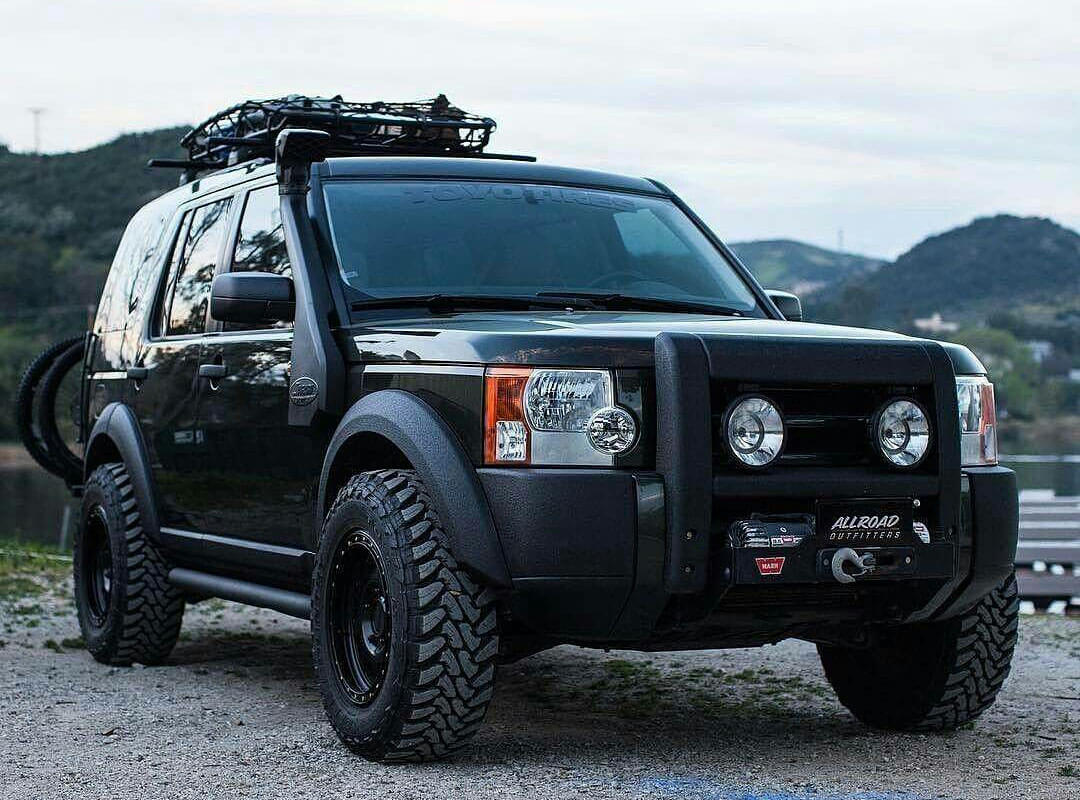
Today on a test drive we have a 2008 Land Rover LR3 with 124,000 miles on the odometer. We’re going to test the reliability and capabilities of this vehicle to figure out if it’s still a good choice for an off-road enthusiast or overlander.
Even though LR3 wasn’t the most expensive test vehicle that we’ve got our hands-on, it’s bold British character made it feel like a proper premium vehicle, despite the age and slightly outdated design. The suspension works smoothly and doesn’t let the road vibrations, and imperfections disturb the attention of a driver. The term captain chairs can fully apply to the seating geometry of the Land Rover LR3, as you’re sitting high in almost a bus-like position, but on the other hand, it gives the driver an excellent observation of the road, which is vital on the trails. There’s also another thing that you may have heard about the seats of the Land Rover – it looks like it’s the only one thing that doesn’t break on this vehicle (just kidding, read on!).
Affiliate disclosure: we may earn a small commission at no additional cost to you if you buy through some of the product links in this post.
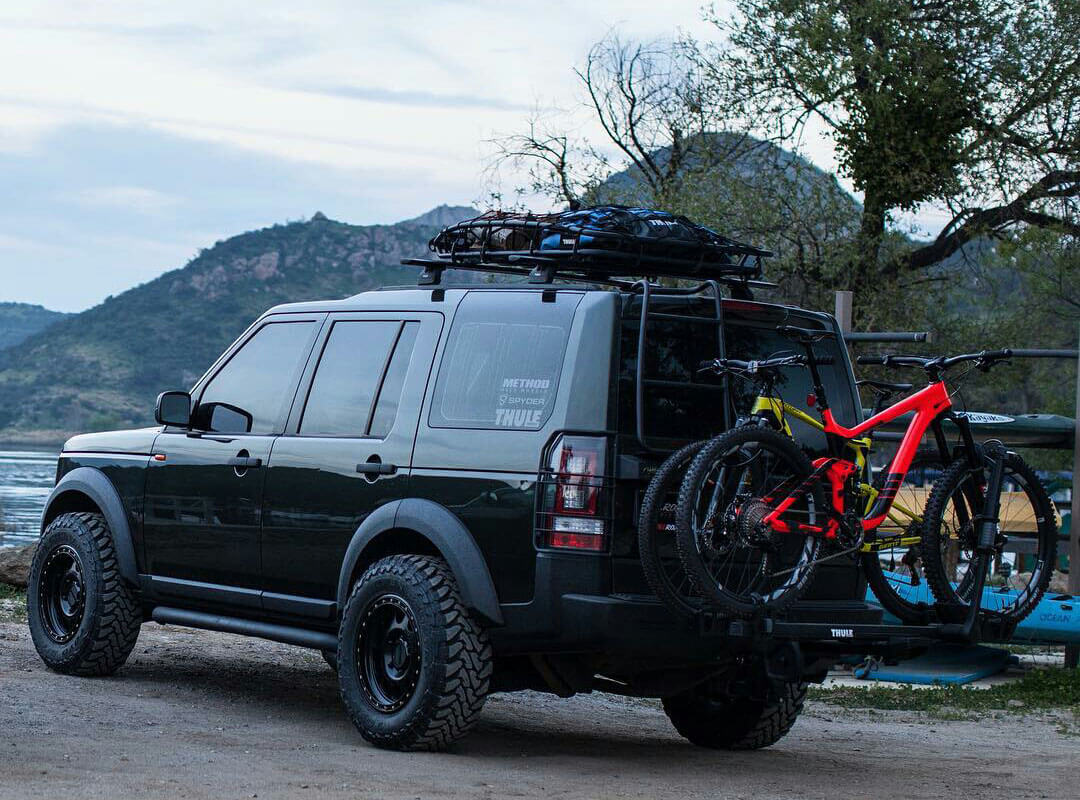
Land Rovers and Range Rovers have bad fame for being unreliable mechanically, but today we’re trying to figure out if the vehicle that became famous for conquering the most remote places of the world, can really be a bad choice for a modern offroader.
Table of Contents
ToggleThe Review
We’ve gathered all kinds of information about these vehicles from the internet resources, contacted local Land Rover / Range Rover specialized technicians, and talked with the owner of the original one-owner LR3 to provide solid fact-based information for our readers. As per the test drive vehicle owner’s maintenance list from the dealer, the average time between the visits to the mechanics of this particular vehicle was about 3 months. Sometimes the owner came in for a basic repair and sometimes it was towed in completely immobilized. Looks like it’s the worst-case scenario because the majority of the owners don’t experience such problems throughout the first couple of hundred miles (read the comments below).
Some Toyotas and domestic trucks require minimal maintenance during the first 100k-200k miles, but if you’re an owner of even a mint Land Rover LR3 – be ready to study the brief list of Technical Service Bulletins and visit your local mechanic from time to time if you don’t do things DIY, which in reality isn’t that hard (of course, if you have some basic technical skills).
Off-Road Capability
But why should you go through all of the above? The answer is simple – the LR3 drives simply amazing both on and off the road. Despite being a classic body-on-frame vehicle it handles and corners just like the normal sedan, which is very uncommon for a heavy SUV. If you set for a long mile road trip you will be amazed by the driving comfort provided by the air suspension, that eats roads and highways like pancakes. The suspension offers 3 height levels: lower – for loading, middle – for driving, and upper for off-roading. The only limit is that you can only go with a speed up to 20 MPH in the lower or upper levels after you’ve reached this speed, the suspension will auto adjust to the middle position.
When we were studying the tech specs of the Land Rover LR3, we thought that implementing a Terrain Response four-wheel drive technology was a bad idea, as the true off-roaders know that nothing can perform better than the good old mechanical locking differential. But since the LR3 is positioned as a middle option in the Land Rover line up right between the luxury Range Rover and brutal Land Rover Defender, it shouldn’t be as rugged as the Defender.
 To our surprise, the LR3 felt like a fish in the sea on the trails. Terrain Response technology allows you to choose among 5 terrain types the vehicle is used on, according to which it sets up the drivetrain, transmission, and the engine ECU to the required mode. On some modes, it improves the throttle response or slows it down on purpose. The lockers are activated or disengaged automatically when necessary. It perfectly handles the challenging off-road terrain and keeps pushing hard whatever mode you’ve selected. If for some reason you’ve selected the wrong setting, it wouldn’t make any harm to the vehicle and it will offer you to change it with warnings. On the other hand, we recommend not to forget about switching to high or low gears, as it may result in obvious problems.
To our surprise, the LR3 felt like a fish in the sea on the trails. Terrain Response technology allows you to choose among 5 terrain types the vehicle is used on, according to which it sets up the drivetrain, transmission, and the engine ECU to the required mode. On some modes, it improves the throttle response or slows it down on purpose. The lockers are activated or disengaged automatically when necessary. It perfectly handles the challenging off-road terrain and keeps pushing hard whatever mode you’ve selected. If for some reason you’ve selected the wrong setting, it wouldn’t make any harm to the vehicle and it will offer you to change it with warnings. On the other hand, we recommend not to forget about switching to high or low gears, as it may result in obvious problems.
Lift Kits
Land Rover LR3 lift kits are usually represented by modified height sensor rods, which allow you to utilize the factory-installed air shocks and drive with the suspension locked in the upper position. This gives you additional ground clearance and more space to install larger off-road wheels. With basic modified sensor rods, you will be able to install 31-32″ offroad wheels with ease. Anything lower than 30 wouldn’t really require a lift though.
The interior of the Land Rover LR 3 is very universal offers a wide range of transformation options, and the cargo area can easily fit a set of universal expedition drawers or storage boxes.
Surprisingly the Land Rover LR3 is having a very decent off-road capability compatible with Lexus GX or its global brother Toyota Land Cruiser Prado 120. Do basic maintenance, don’t let problems get out of hands, evaluate the trail difficulty (keep in mind that it’s not a Defender), and Land Rover LR3 will be a perfect vehicle for long comfortable road trips, recreational off-roading, and overland-style expeditions.
Related Parts & Mods
Suspension
- Replacement Front & Rear Air Suspension Shock Struts – Good For Land Rover LR3 2005-2009 / LR4 2010-2014
Storage
- Front Runner Slimline II Roof Rack Kit for LR3/LR4 – Complete kit includes a Front Runner tray 1255mm x 2166mm, 2 foot rails with table openings and wind deflector.
- Front Runner Ladder for LR3/LR4 – Black powder-coated steel in the same durable coating as the Front Runner Roof Rack
- Custom Storage rack for Cargo Area – Land Rover Discovery LR3 and LR4 2004-2016
*Before ordering any part or accessory, it is recommended that you verify its fitment with a qualified professional and/or seller. We are not responsible for fitment or other issues that may arise from using the products featured on our website.
Stay tuned for more project reviews on Offroadium.com – Follow us on social media, and share this write-up if you enjoyed reading it!
Matt is a professional mechanic, experienced off-roader, writer and founder of Offroadium. With over 15 years immersed in the off-road community and 100,000+ miles logged on rugged trails across the Americas, Grabli shares extensive real-world knowledge. He previously worked as an automotive technician before shifting focus to specialty off-road projects. His passion is prepping capable rigs for off-roading and helping others to build the 4x4s of their dreams.

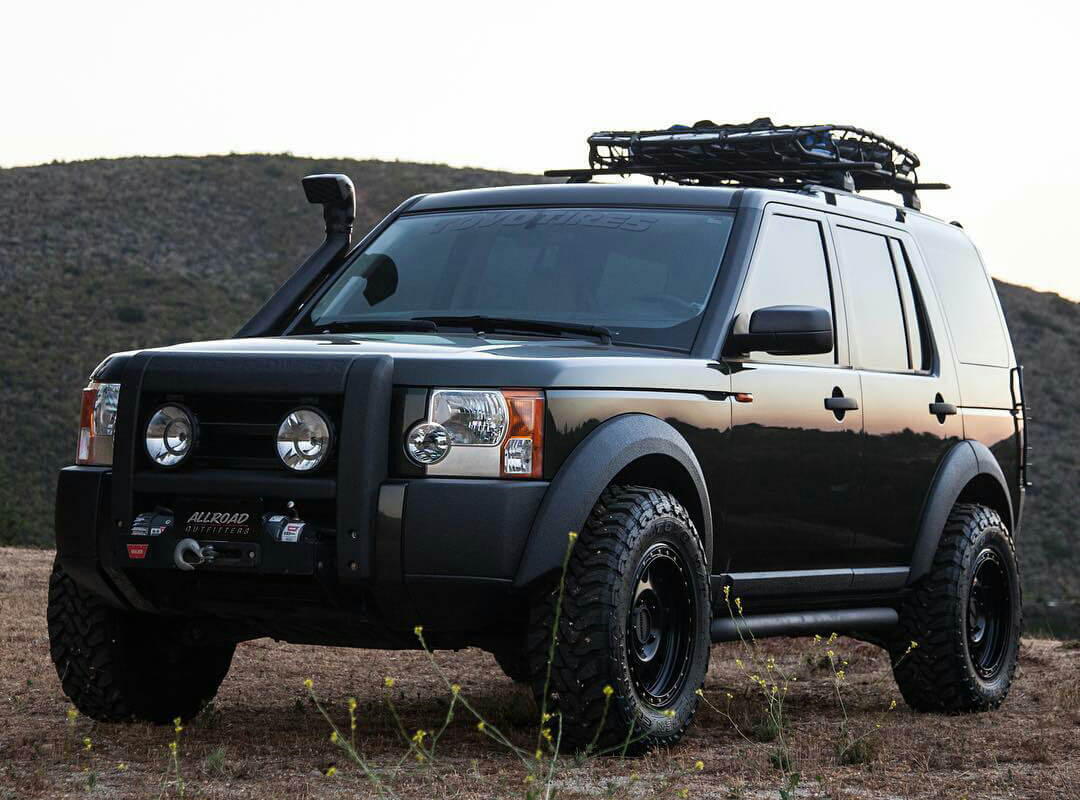
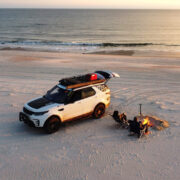
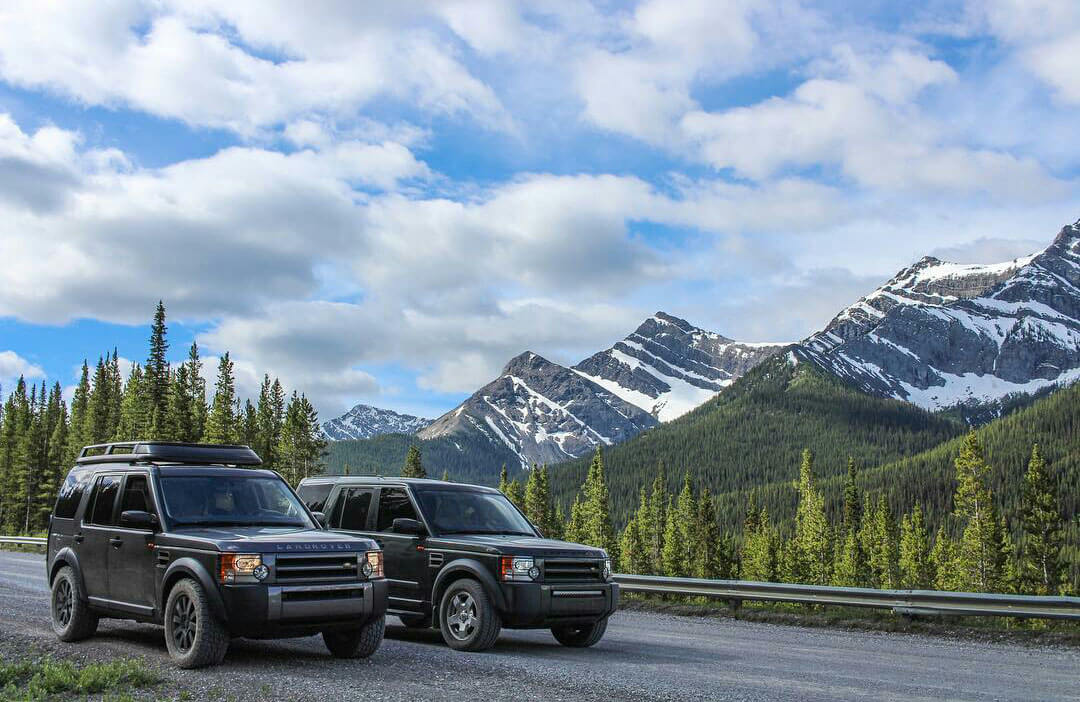
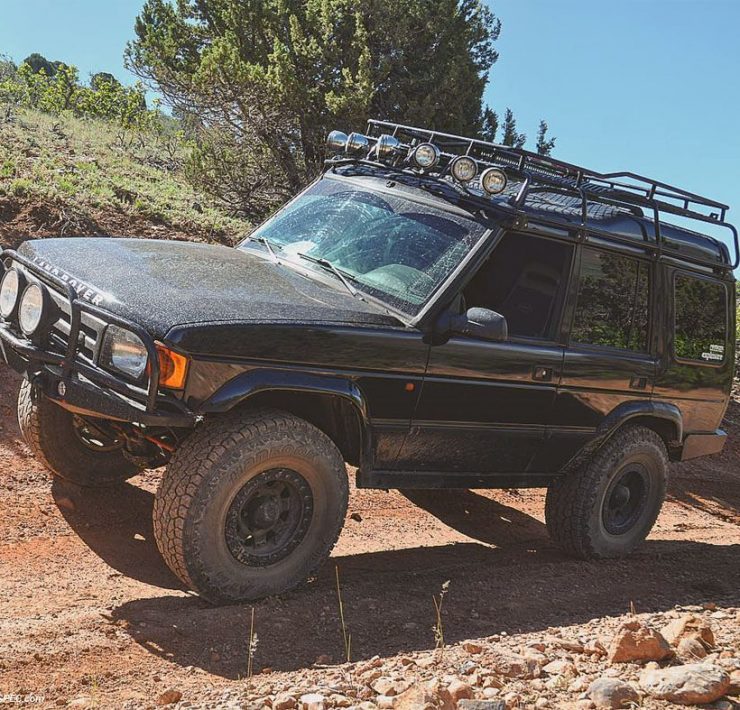
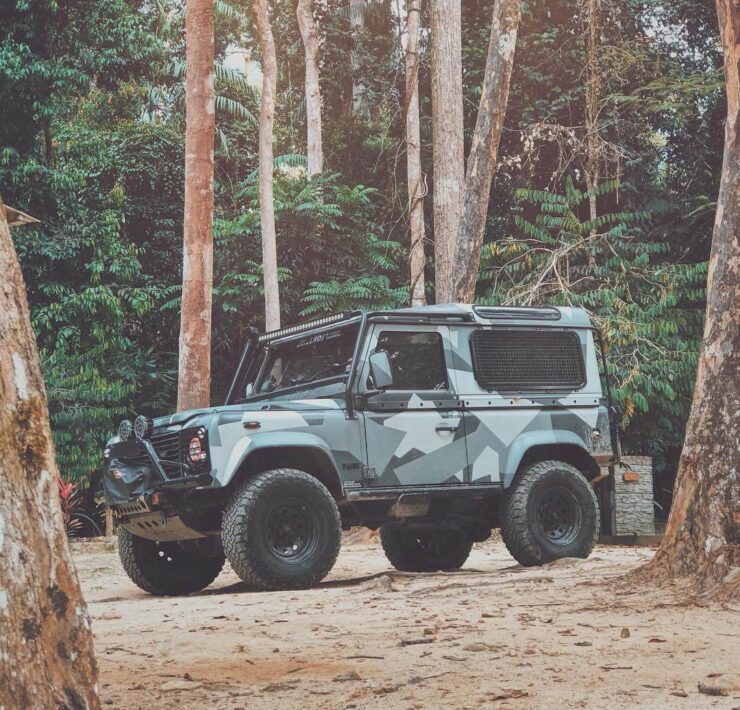

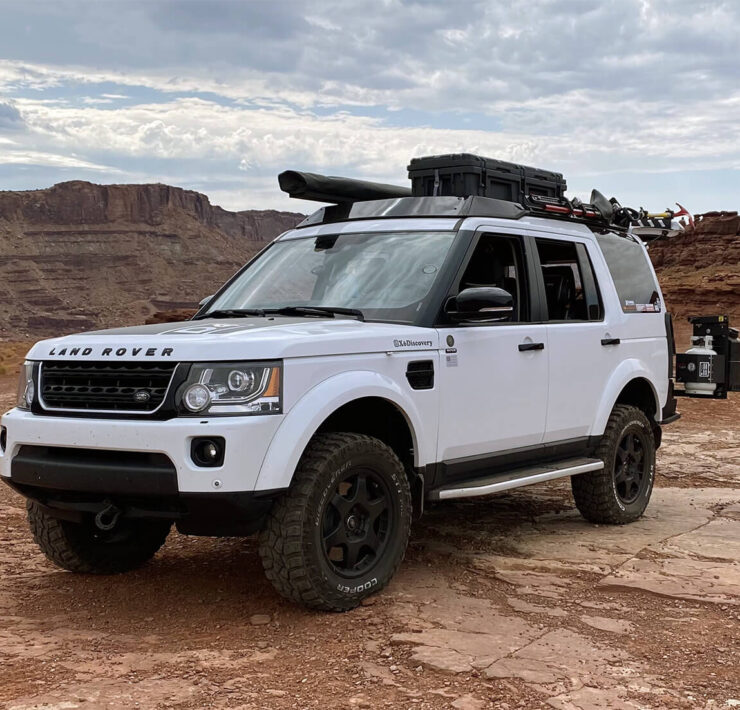
To change an alternator on the LR3 you need to separate the body from the frame…what else do you need to know to stay away from this car?
Absolutely false – I just replaced the alternator on my 2006 LR3 in my driveway, and it took about an hour. Much easier than my old Audi A4 or my wife’s Infiniti.
I’ve put 120K miles on my LR3, and the odometer just hit 165K. over nearly 10 years of ownership, it’s been mostly trouble free. I do all of my own maintenance and repairs, and the truck has never been to a dealership since I bought it at 45K. Believe it or not, since 2010 I’ve spent less than $700 on repairs. Strangely enough, most of the parts that break on these (as well as the RRS and L322 Range Rover) are remnants from when BMW owned Land Rover. The Jaguar/Ford engine is basically bulletproof, and I’ve had no electrical issues whatsoever. The only failure points have been:
-Transmission connector sleeve at 75K – this always leaks on every car (mostly mid-90s BMWs) with the ZF6HP26 transmission. took about 2 hours, mostly to change and flush the fluid and replace the pan. $10 part, not counting the replacement fluid.
Coolant Reservoir: Another BMW part from the e46 3-Series. $75, and took less than 20 minutes to replace.
Thermostat housing – Can’t blame BMW for this one. $85, and did this when replaced the coolant reservoir and flushed the coolant at 130K.
-Air compressor – Same basic part as the BMW X5 The real reason these fail is that the silica gel desiccant dries up and turns into powder. Bought a $100 rebuild kit on eBay 60K miles ago and its been fine ever since; Less than 20 min to remove and replace the compressor and about an hour for the rebuild.
-Wheel bearings – Got a pair of the good Moog bearings for around $400. replaced both when I did pads and rotors in an afternoon.
I truly beat the hell out of my LR3, and I love the darned thing. I tow with it, go offloading whenever possible, and generally use it like a mid-sized pickup truck. Honestly, you can pick one of these up for next to nothing. Stay on top of routine maintenance and you’ll be fine.
Agreed with the alternator part for sure. Thanks a lot for your feedback and providing the details on your maintenance list! It looks pretty awesome even in comparison with Toyota which is believed to be one of the most reliable brands. The guy who we interviewed never used to work on the LR by himself, all of the maintenance was performed by the dealer, but as we all know no one will love/care about your car more than the owner.
?? I never had do that to change my alternator.
Agreed!
Thats actually incorrect. I replaced mine and I just had to go through the passenger side wheel well and under the front area pulling out the skid plates. Where did you ever get the idea you had to take the body off to replace the alternator? You have been mis-informed.
Wrong. I changed mine out easily. If a shop tells you this they are taking advantage of you.
What about LCAs. You’ve never replaced the LCAs in 120K miles? I find that incredibly hard to believe. Typically wear on LR3 and 4 is 30-60K miles depending on off road usage.
Hi Skootie what is your email address I’m getting into an l3
Totally agree with Scootie.I have a 2005 LR3 and has never given me any major problems mechanically.Sure small niggles sent to annoy one self ,but hey all vehicles need attention even Toyota’s.I have had a string of Toyota’s all have given me problems and i can quite honestly say they are no more reliable than any other vehicle .I have driven 385000 klm’s in mine and have only just replaced an air strut. Other than servicing like brakes and general maintenance i have had a fantastic run from this just amazing vehicle
That is not true at ALL i have changed mine quite easily with the Fan off !!
The lr3 is one of the most, if not the most reliable land rovers. I can attest, I was driving my 14 year old car when the new Rover was already in the shop. I drive my cars like I stole them so yes brakes and suspension parts wear in these cars, especially lcas, at around 50k you’ll want to replace them as the ride suffers they stay drivable till about 75k with the latest parts, parts run about 500, you can find mechanics to do them for anywhere from 300-500 for the labor. The air suspension is surprisingly not that big of an issue but you can easily put coils in for around $1500 and 5 hours worth of labor, I’ve got 14 years on mine and the air suspension is all original. Belts, hoses, etc need replacing but that’s all pretty normal, that thermostat housing is annoying in that you need to remove a bunch of very tight components to do it, the part can be had after market for like $60 it’s the 3 hours and funky tools to remove something that should be easily serviceable that is bad.
I’ve owned over 300 vehicles and my LR3 was hands-down my favorite. I bought it with around 50k miles on it and sold it at 160k miles. Several vehicles later, I am now wishing I kept it and am searching for another one. Unbelievably smooth ride on and off road! The seats fold completely flat which makes it awesome for an air mattress for camping.
I did all my own maintenance and had the same issues as Skootie (above). If you stay away from the stealership you enjoy your Land Rover experience.
Awesome man, thanks for the feedback! Totally agree on the ride quality, it’s pretty impressive.
Also, the LR3 does have the tried n true mechanicals like locking diffs and a two-speed transfer case. Terrain response optimizes settings but the center diff still locks (electronically) and the rear locker is a rare option.
Nevermind, I guess you did say as much.
Hi. What are those beeadlook wheels??? God damn they look nice. Please respond